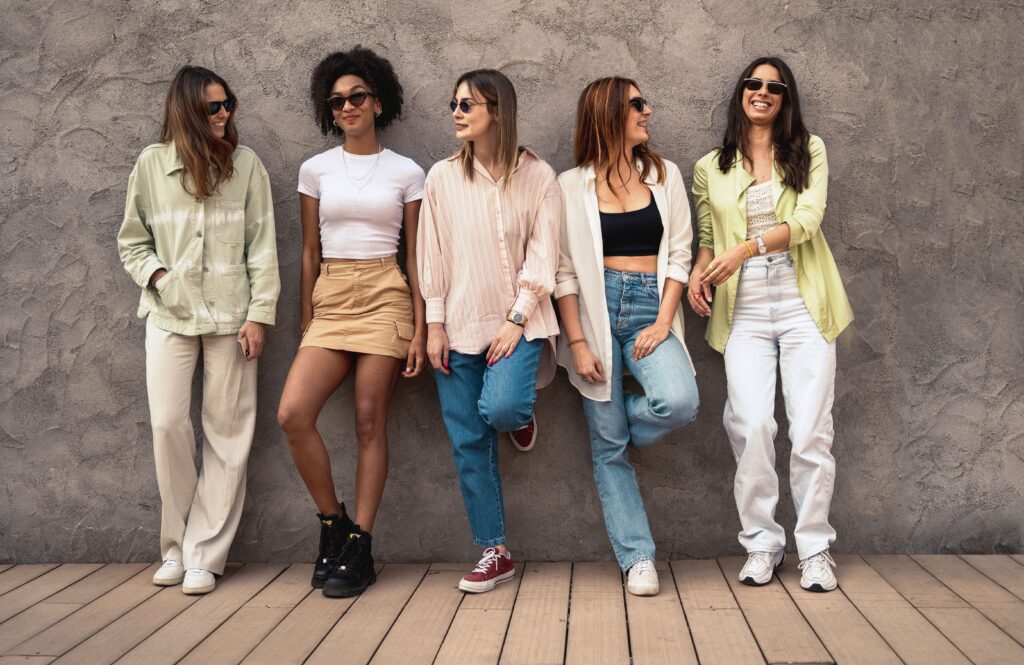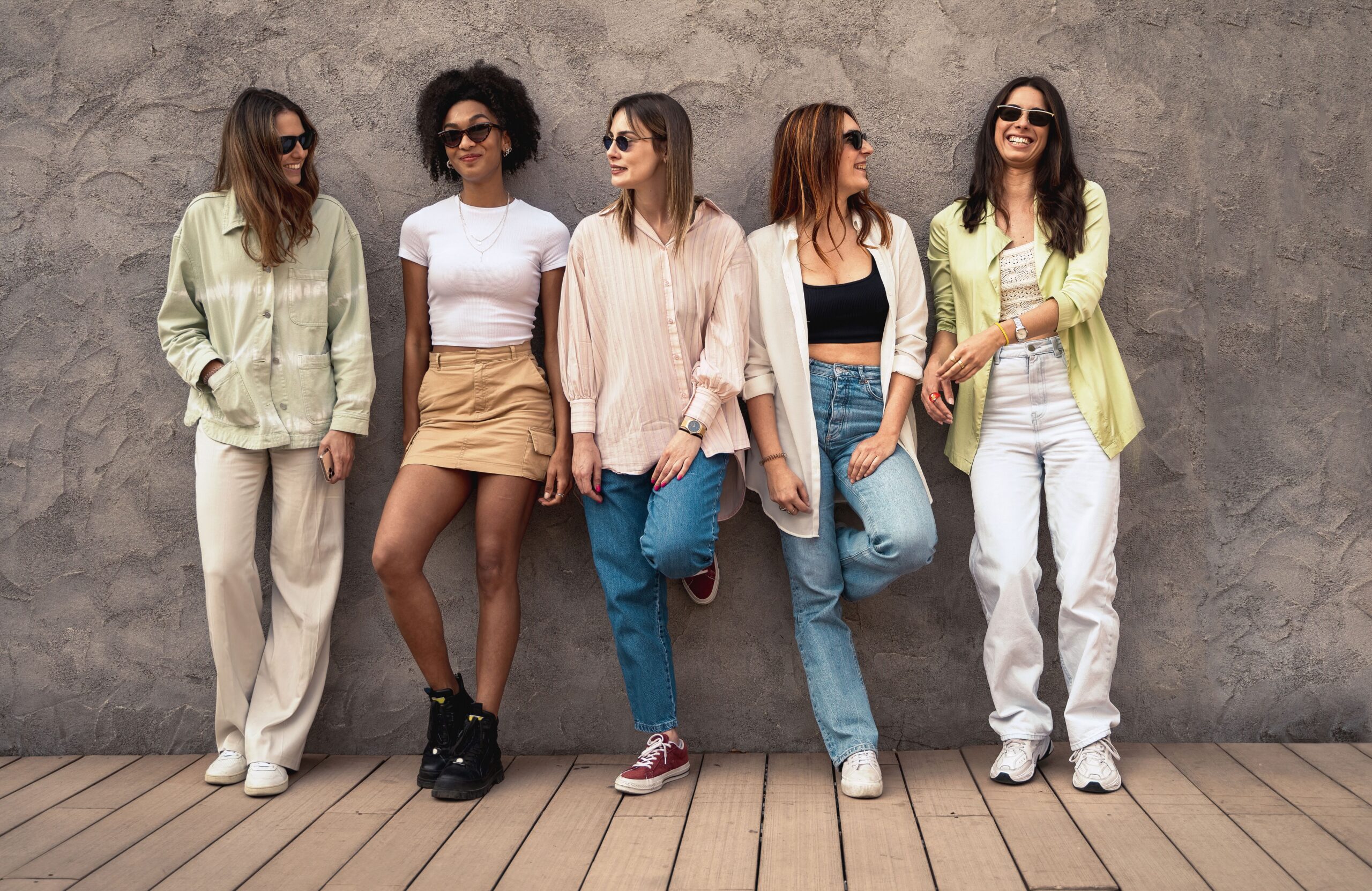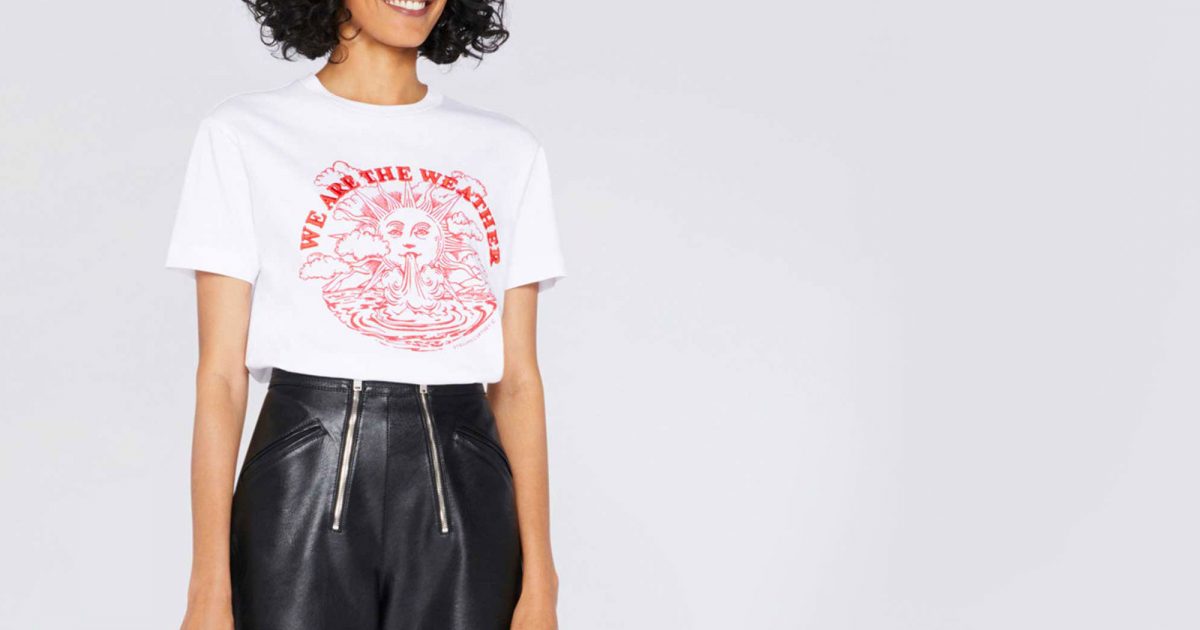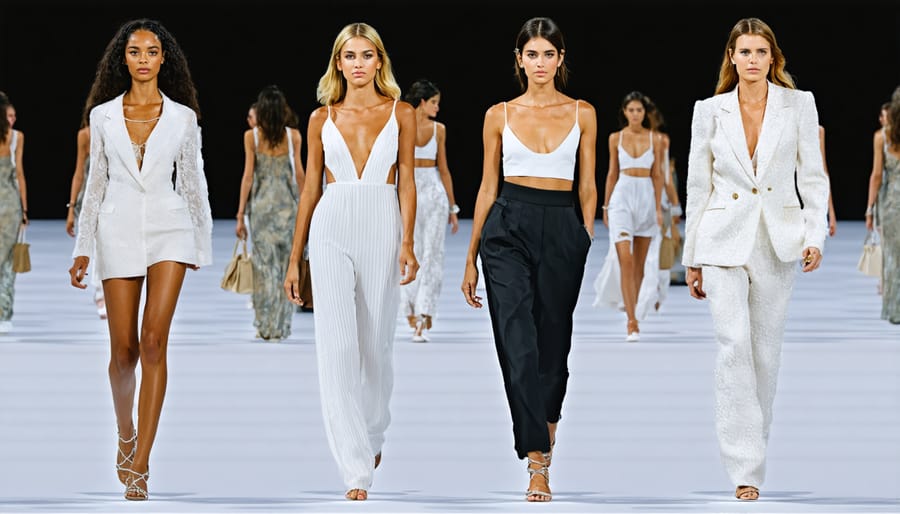Clothing is more than a necessity—it’s a reflection of how we feel. Mood-based outfit planning is an innovative approach to fashion that prioritizes emotional resonance and personal expression over trends or routine. By aligning your wardrobe choices with your emotions, you can create a daily routine that enhances confidence, creativity, and even productivity.
This method is not just about looking good; it’s about feeling authentic and intentional in every outfit you choose. Whether you are dressing for work, leisure, or social events, mood-based planning transforms your closet into a personal toolkit for emotional empowerment.
Why Mood-Based Outfit Planning Matters
The connection between clothing and mood is well documented. Certain colors, fabrics, and styles can influence how we feel, while our emotions can dictate the types of outfits we are drawn to. Benefits of planning outfits according to mood include:
- Boosting confidence: Wearing clothing that resonates with your emotional state enhances self-assurance.
- Expressing identity: Mood-based outfits communicate subtle aspects of personality and current mental state.
- Encouraging mindfulness: Choosing outfits with intention encourages a reflective start to your day.
- Increasing wardrobe utility: Planning outfits reduces the stress of daily decision-making while maximizing the use of existing clothing.
This approach can be applied to every type of wardrobe, from professional attire to casual, cozy pieces.
Mood and Outfit Planning: A Simple Framework
The first step in mood-based outfit planning is identifying your emotional state and pairing it with corresponding clothing choices. The table below provides guidance for some common moods:
| Mood | Color Palette | Fabric & Texture | Outfit Example |
|---|---|---|---|
| Confident | Bold red, royal blue, black | Structured blazers, crisp shirts | Tailored blazer, skinny trousers, polished shoes |
| Creative | Purple, orange, teal | Flowing fabrics, mixed textures | Printed maxi dress, statement scarf, layered accessories |
| Relaxed | Pastels, earth tones | Cotton, linen, soft knits | Linen pants, relaxed-fit top, slip-on shoes |
| Energetic | Yellow, bright green, coral | Breathable fabrics, flexible fit | Activewear set, sneakers, light jacket |
| Reflective | Deep blue, burgundy, gray | Soft wools, cozy layers | Oversized sweater, leggings, ankle boots |
| Playful | Pink, turquoise, mint | Fun prints, lightweight fabrics | Patterned skirt, crop top, fun accessories |
By understanding these connections, you can plan outfits that harmonize with your mood rather than merely serving functional purposes.
Steps for Mood-Based Outfit Planning
- Assess Your Mood: Start your day with a quick reflection. Are you feeling energetic, calm, creative, or introspective?
- Identify Appropriate Colors and Fabrics: Refer to your mood chart and select colors and textures that complement your current emotional state.
- Select a Statement Piece: Choose one central item, such as a blazer, dress, or scarf, that embodies the mood.
- Coordinate Accessories: Shoes, bags, and jewelry can reinforce the mood and elevate the outfit.
- Adjust for Occasion: Balance mood expression with practical needs, like work dress codes or social events.
- Document or Plan Ahead: Keep a journal or use apps to note which outfits make you feel your best for future reference.
Incorporating Sustainability in Mood-Based Outfits
Mood-based planning is not only about personal expression; it can also align with sustainable fashion practices. For instance, selecting Carbon-Neutral Clothing ensures that your wardrobe choices reflect a conscious effort to reduce environmental impact. By investing in sustainable fabrics and ethical brands, you can combine mood-based styling with eco-consciousness, resulting in a wardrobe that is both expressive and responsible.
Tips for a Mood-Aligned Wardrobe
- Diversify your basics: Neutral pieces serve as flexible foundations that can be elevated based on mood with accessories or outerwear.
- Embrace versatile layers: Layering allows quick mood-driven adjustments for changing weather or activities.
- Curate statement pieces: Keep items that make you feel joyful or empowered readily accessible.
- Use color psychology: Research how different colors influence emotions to enhance your planning.
- Plan weekly capsules: Create mood-based outfit sets for the week to reduce decision fatigue.
Mood-Based Outfit Planning for Different Occasions
Work
Professional environments often require a balance between self-expression and decorum. Opt for structured pieces in colors that boost confidence or calm focus. For example, navy blazers evoke authority, while pastel blouses can foster approachability.
Casual Outings
Casual wear allows for more experimentation. You can incorporate playful colors or relaxed fabrics to align with a cheerful or carefree mood. Accessories like scarves, hats, and statement shoes can add personality.
Special Events
Formal events demand elegance and intentionality. Mood-based planning can guide choices in gowns, suits, or ensembles that resonate with your emotions, helping you feel authentic and poised.
Common Mistakes to Avoid
- Ignoring Practicality: While mood alignment is important, comfort and appropriateness matter.
- Overcomplicating Outfits: Simplicity often enhances the emotional impact of clothing.
- Neglecting Fabric and Fit: Misaligned textures can disrupt your comfort and confidence.
- Sticking to Trends Only: Trendy items may not always align with personal mood or style.
By avoiding these pitfalls, you can create outfits that feel natural, expressive, and intentional.
FAQs About Mood-Based Outfit Planning
Q1: How often should I plan outfits based on mood?
You can plan daily for immediate mood alignment or weekly for a more structured approach.
Q2: Can mood-based outfit planning work with a small wardrobe?
Yes, a capsule wardrobe with versatile pieces can effectively accommodate mood-based styling.
Q3: Do certain fabrics enhance moods more than others?
Yes. Soft fabrics like cotton and silk promote comfort and relaxation, while structured fabrics like denim and wool can foster confidence and focus.
Q4: Is color really important in mood-based planning?
Absolutely. Colors have psychological impacts—for example, blue promotes calmness, red conveys confidence, and yellow evokes happiness.
Q5: Can I combine sustainable clothing with mood-based outfits?
Yes. Investing in sustainable options like Carbon-Neutral Clothing ensures that your outfits are not only mood-aligned but also environmentally responsible.
Final Thoughts
Mood-based outfit planning transforms dressing from a routine task into an intentional, expressive practice. By considering colors, textures, and key statement pieces that align with your emotions, you can create a wardrobe that supports confidence, creativity, and well-being.
Whether you are dressing for work, social events, or personal relaxation, aligning your wardrobe with your mood allows you to feel authentic every day. Combining this approach with sustainable fashion practices, such as investing in Carbon-Neutral Clothing, elevates your wardrobe to a statement of both personal and environmental consciousness.
Ultimately, mood-based outfit planning is about harmony—between how you feel, how you present yourself, and the impact your choices have on the world around you. It’s a practical, stylish, and mindful way to approach fashion in today’s conscious lifestyle era.







